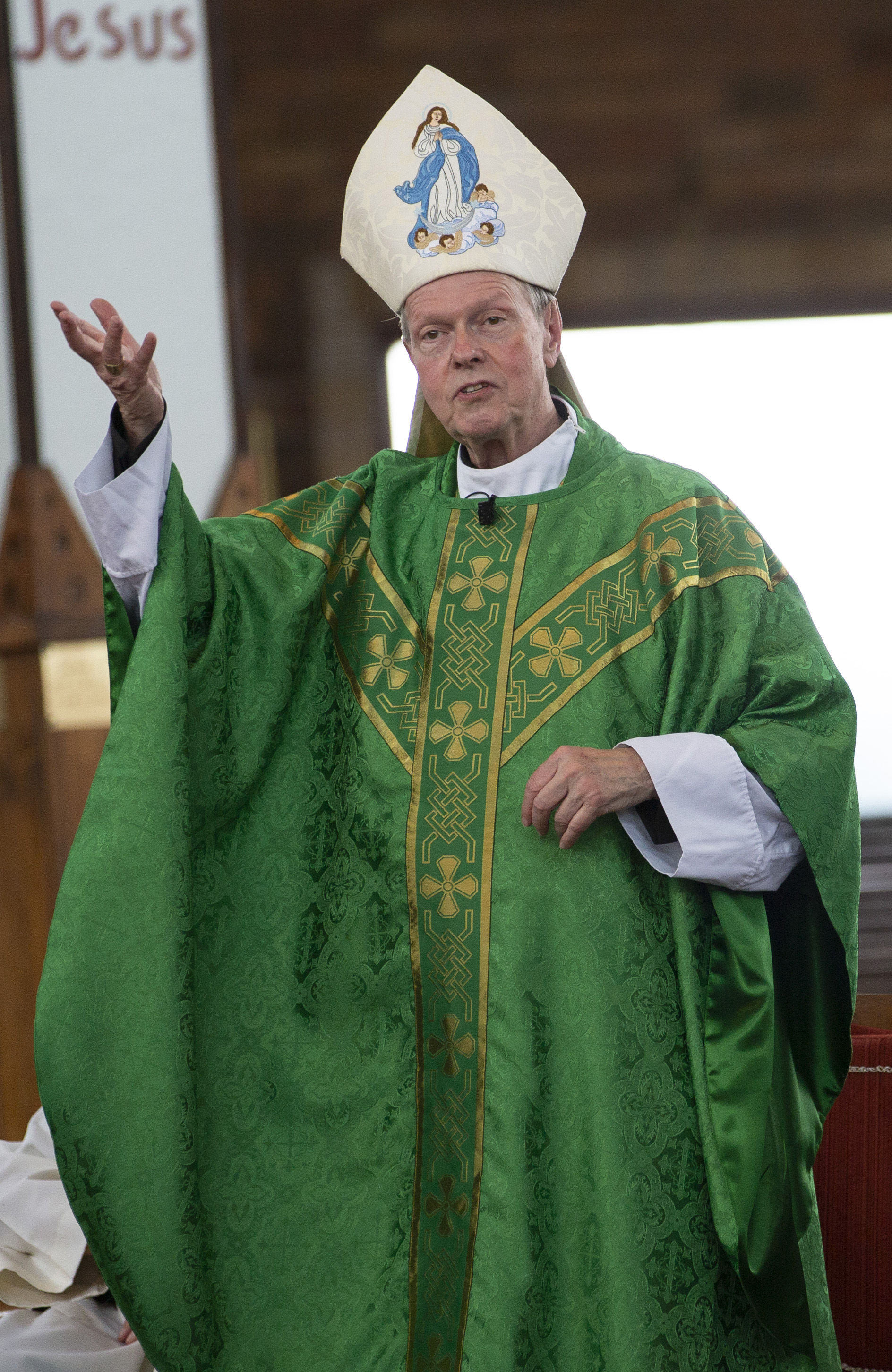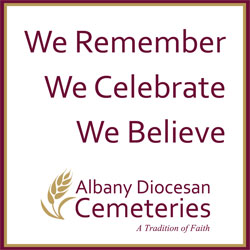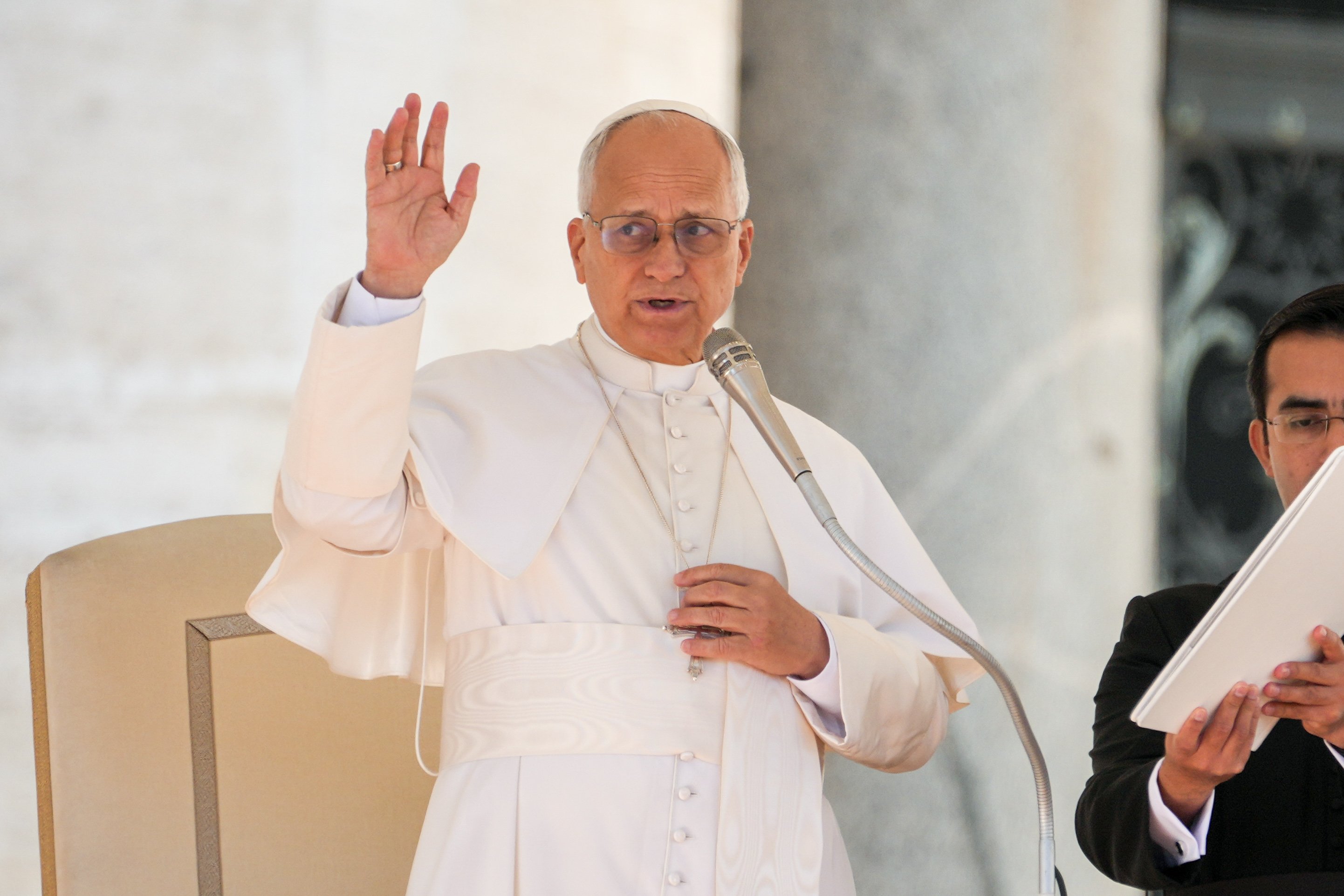April 6, 2018 at 1:53 p.m.
OUT OF THIS WORLD
Astrophysics program grows at Siena College
"I've always been fascinated by space," said Kevin Napier, a junior from Cohoes majoring in physics with a double minor in math and astrophysics. Siena currently offers bachelor's degrees in physics and computational science and minors in astronomy and astrophysics.
During winter break, Kevin and two classmates accompanied John Moustakas, assistant professor of physics and astronomy, to do some work at Kitt Peak National Observatory's Mayall four-meter telescope in Tucson, Ariz.
The students took photos through the telescope to add to The Legacy Surveys, a survey project mapping chunks of the sky. The survey results will be used for a project studying dark energy.
"Dark energy is one of the big unsolved problems in science," Dr. Moustakas told The Evangelist. "We know the universe is expanding, and we discovered the expansion is accelerating."
The acceleration should have slowed down because of gravity, Dr. Moustakas said. The fact that it hasn't is attributed to a force known as dark energy.
Real-time work
During the winter break experience, "we got hands-on experience," Kevin said. "We had a pretty smooth observing run. We observed for 11 hours. It was tiring, but rewarding."
The Siena students made sure there were no obstructions in the line of sight of the camera that was taking photos through the telescope. They also made sure that all of the moving parts of the telescope were working properly. If something went wrong, the students would have had to notify the person running the telescope to fix it.
The students say they got a lot out of being able to see the telescope and work with it in real time. In their three-day trip, they also explored the local university and other telescopes in the area.
The students were able to go to Arizona and participate in the research project mostly because of a grant Dr. Moustakas received for his own research. The National Science Foundation awarded the professor a three-year, nearly $200,000 grant to support his work on understanding the formation and evolution of other galaxies in the universe. NASA and the Department of Defense have also provided some funding for Siena's research programs.
Student studies
Dr. Moustakas told The Evangelist that, when he wrote the proposal for his grant, he stressed that he wanted to involve students in his research. On its website, Siena promises that "as a physics major, you are able to participate in research projects on topics including galaxy evolution, neutrino physics, X-ray spectroscopy, science education research, computational biophysics, atomic spectroscopy, satellite design and space physics. Many of these opportunities are paid positions, with students working during the academic year and over the summer."
In addition to Arizona, Siena's physics and astronomy students have traveled to California, Arizona, Greenland, Chile and China for research projects.
For freshman Megan Poremba, a physics major and math minor from Bedford, N.H., having the opportunity to work with Dr. Moustakas gave her confidence as well as work experience.
Pushed to learn
Megan, a Catholic who attends St. Elizabeth Seton parish in Bedford, said that she had been more of a follower than a leader, but participating in the astrophysics research has increased her sense of self and confidence in her abilities.
"My high school physics teacher did a unit on astronomy," she remarked. "I never thought it would lead to this."
Siena's freshman fellowship program has students interact with different professors and then, for the second semester of their freshman year, choose which professor with whom they would like to pursue an independent study.
"I chose Dr. Moustakas because I thought he would really push me," Megan said. She was right: Initially, she struggled to flesh out her thoughts when working on a problem, but Dr. Moustakas has encouraged her to keep trying.
The rest of Siena's physics department is growing, as well. Matthew Bellis, assistant professor of physics, also got a grant from the National Science Foundation and was able to take a group of his students to Switzerland to work on the Large Hadron Collider, a particle accelerator.
A particle accelerator makes particles like protons or electrons travel at high speeds so they collide, generating X and gamma rays and allowing scientists to study the particles more deeply. The Large Hadron Collider sits 100 meters underground and is 17 miles in circumference.
The science program in general at Siena is expanding, boasting a relatively new instrumentation center under the direction of Kristopher Kolonko. The center features equipment that helps in research and courses, spanning many disciplines.
There is talk of an observatory being built on the roof of Siena's science building. Additionally, the astrophysics department has held community events, including opportunities for people to view planets and last fall's "supermoon" through Siena's telescopes. Students in the program help and answer questions from people in attendance.
(Learn more at www.siena.edu.)[[In-content Ad]]
SOCIAL MEDIA
OSV NEWS
- ‘Do you love Jesus more than your political opinion?’: Bishop Tyson says the church faces a test
- Vatican says Swiss Guards investigating alleged antisemitic gesture
- Bishop: Survival of Christian communities in Nigeria depends on security, justice
- Pope asks for extra care when using AI in medicine
- Pope holds long meeting with Belgian abuse survivors
- Delegation of top prelates, lay activists gives Brazil church strong presence at COP30
- Pope offers prayers for the Philippines and for peacemakers
- Dig deep and work patiently to keep church on solid foundation, pope says
- Portland archbishop on ICE: Human dignity comes from God, not government
- Christian hope shows the earth can resemble heaven, pope says








Comments:
You must login to comment.